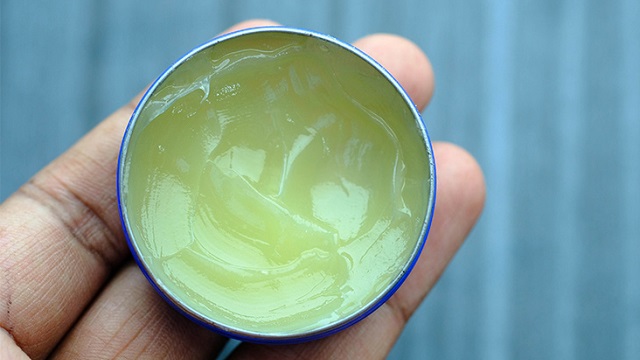
Kampala, Uganda | THE INDEPENDENT | At the Neonatal Unit of Kawempe National Referral Hospital, a lady who declines to be named sells baby moisturizers and soaps to mothers. But they have one strict instruction; to either carry them in their handbags as they move out or conceal them in a piece of paper or cloth.
Failure to abide by this strict rule can cost you a tin of moisturizer that comes in different sizes at a price ranging between 10, 000 and 20, 000 Shillings.
When Uganda Radio Network visited the facility on Tuesday morning, four mothers had lined up to buy tins which are only labelled with phone numbers of the manufacturer and what the baby jelly can heal which include itching, spot rash and boils. Nothing is mentioned about the ingredients or a quality mark by Uganda National Bureau of Standards as required of all cosmetics produced in the country as an indicator of having been tested to meet the quality standards.
While the quality of her products cannot be guaranteed, the seller says she has been in this business for over ten years. One of her ardent customers Agnes Nantaba says she has used these cosmetics on her children for over four years and the results have been good. She was also recommended to the products by her friend who she says had used the products for over seven years.
Dr Robert Asaba, a consultant in medical and cosmetic dermatology says the use of such mixtures has become very popular especially among women and children who are mostly referred to them by word of mouth.
He said most of them are not advertised and are got from trusted places like clinics and hospitals, yet they could be very dangerous since most of the maker’s mix steroids which can have more devastating effects than mercury and hydroquinone the commonest lightening chemical which has for years been the target of a ban by regulators because of the danger of it causing cancer.
For him, whether a particular jelly lightens the skin or doesn’t, it’s important to pay attention to the ingredients as some effects manifest really slowly but can lead to chronic conditions.
A fellow expert, a paediatrician Dr Richard Idro says many parents of babies with children who report with skin problems report having used unbranded mixed moisturizers which makes it hard for doctors to establish what exactly could have caused a particular reaction.
In an earlier interview with URN, Idro said that unscrupulous dealers are mixing steroids which they market as remedies for baby skin irritation and heat rash, yet they end up lightening them or thinning something that leads to bigger complications like skin cancer.
He says there are many safe, branded and certified baby products which should preferably be chosen with the the help of a doctor who can ably distinguish what moisturizer works best depending on the baby’s skin.
Dr Asaba says having suspicious products on the market shouldn’t stop parents from using baby oils and jellies as to him, moisturizing is very important for maintaining baby skin healthy.
Both specialists call for regulation of steroid use just as UNBS is doing for use of mercury and hydroquinone in cosmetics.
Steroid creams are often used as the first-line treatment for skin inflammation caused by conditions such as psoriasis, eczema and many other skin diseases. The creams are very effective in controlling skin flare-ups and relieving symptoms such as itching and irritation, even though they cannot cure the underlying causes of inflammation.
Commonly used topical steroids (corticosteroids) include hydrocortisone, triamcinolone, fluocinonide, and clobetasol, which work by preventing cells from producing inflammation-causing chemicals that are released in response to a variety of different triggers.
Prolonged use of steroids can result in acne, blurred vision, insomnia, high blood pressure, increased appetite, weight gain, nervousness, restlessness, Sudden mood swings and swelling.
******
URN
 The Independent Uganda: You get the Truth we Pay the Price
The Independent Uganda: You get the Truth we Pay the Price



